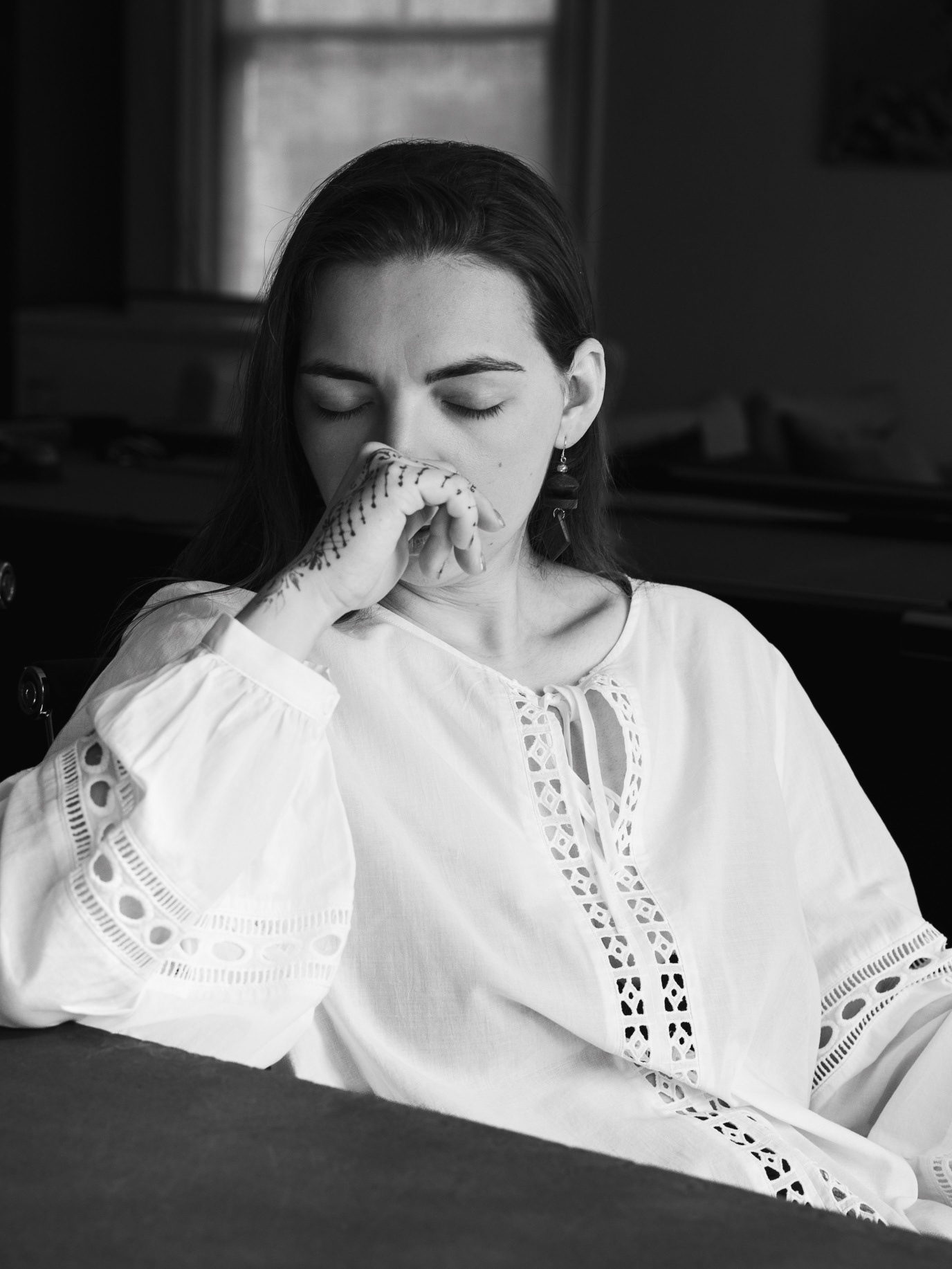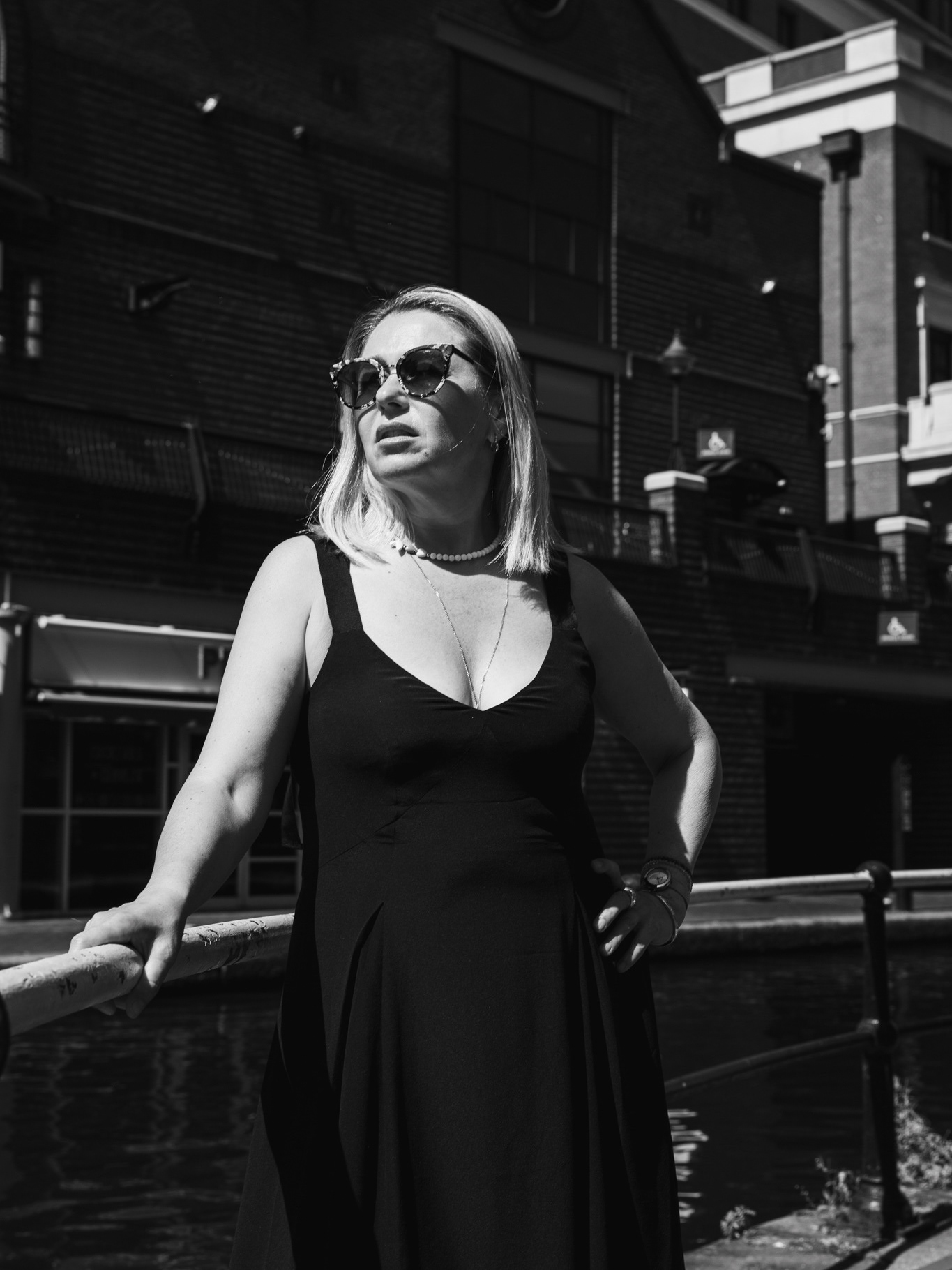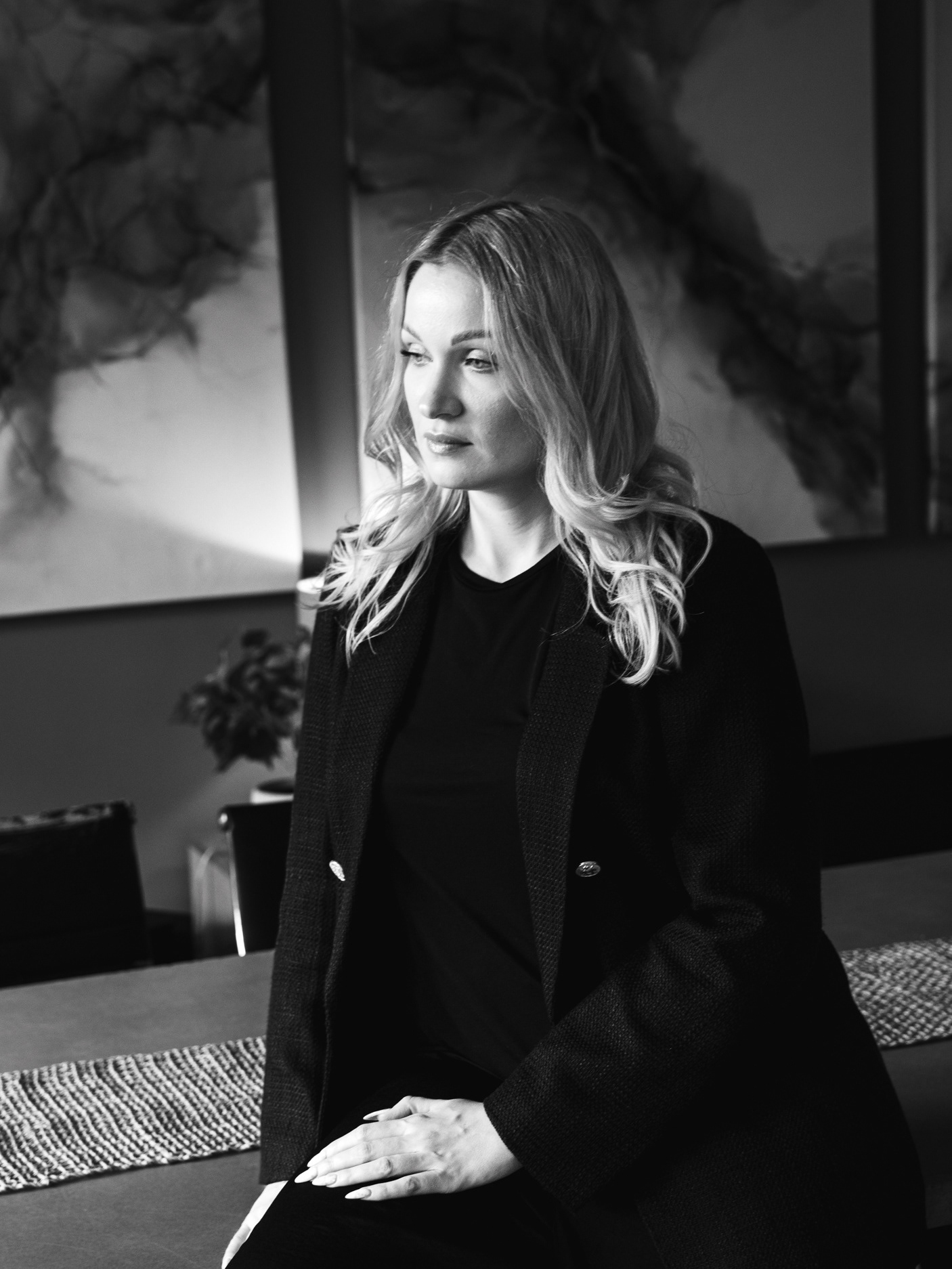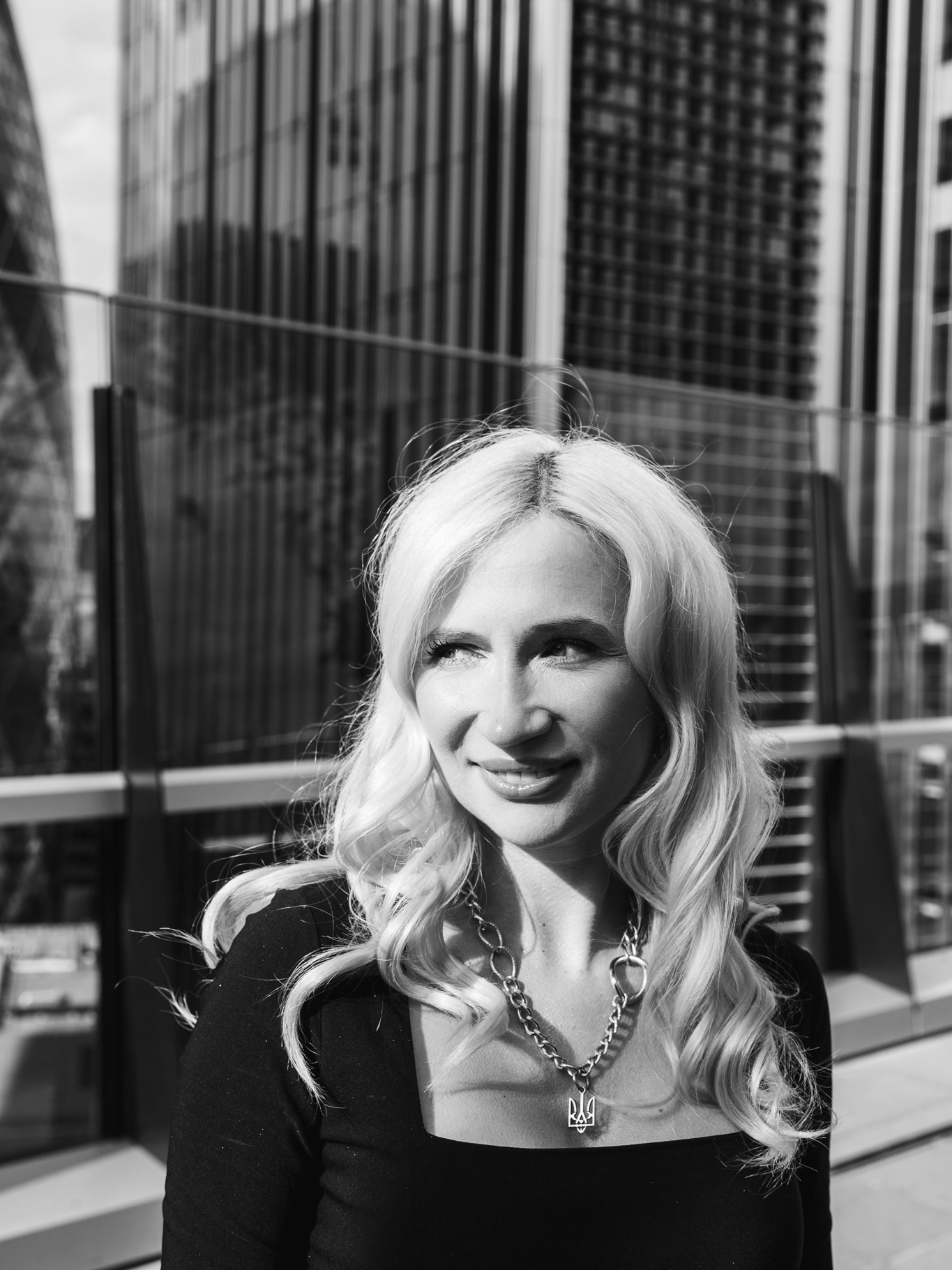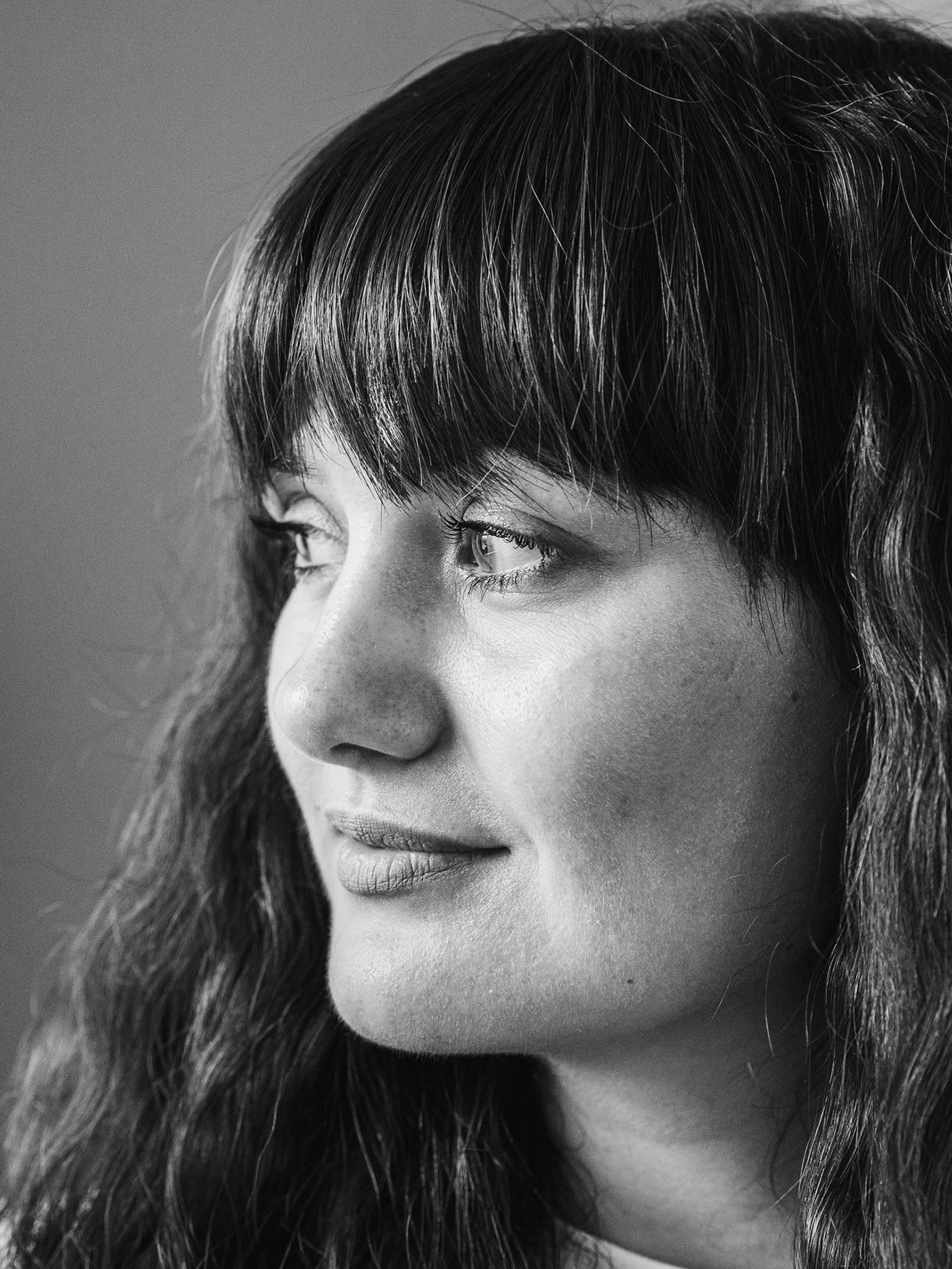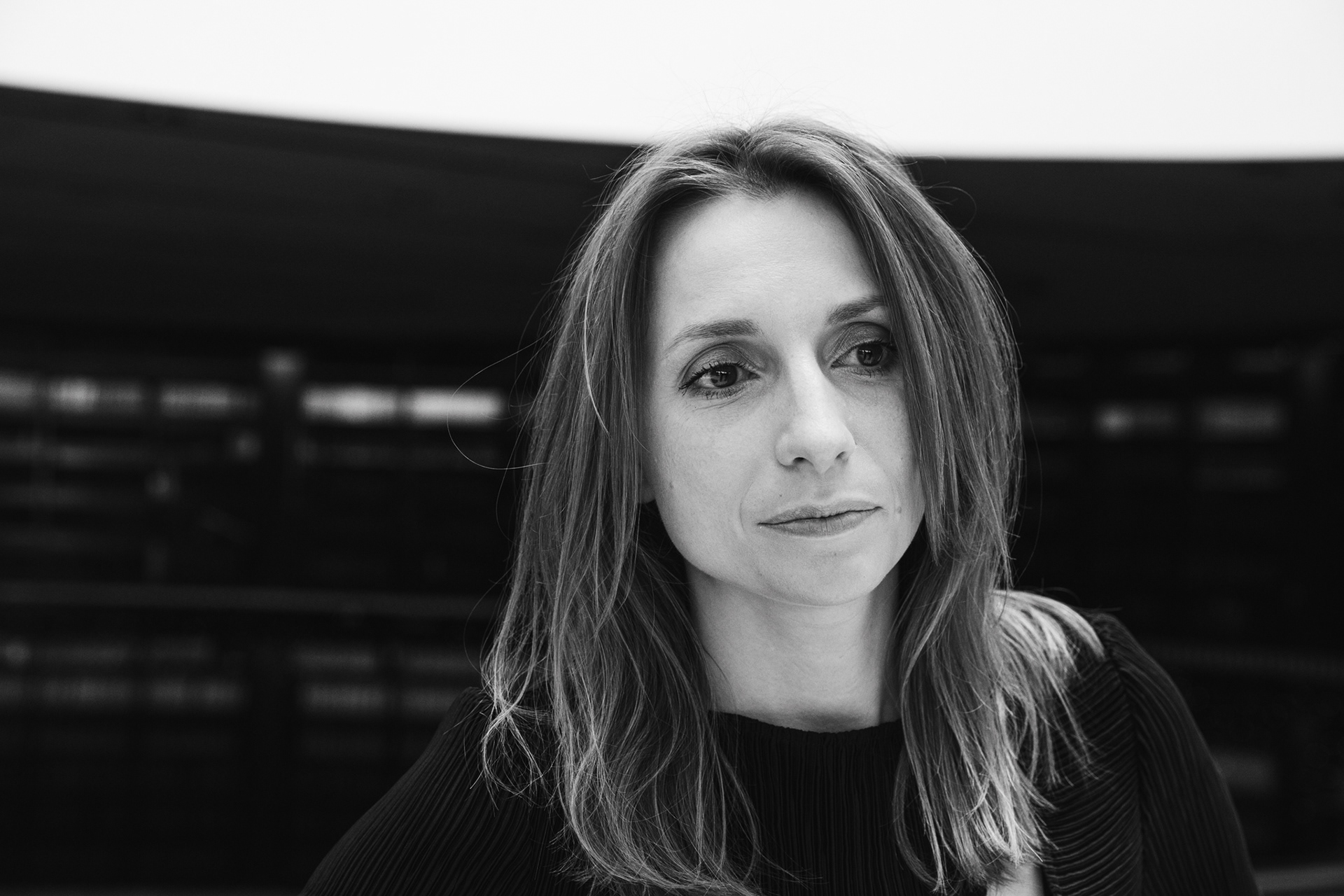
For Iryna, a designer from Zaporizhzhia, the morning of February 24, 2022, was supposed to begin with creativity. A photoshoot, planned down to the smallest detail with numerous looks and ideas, was scheduled for that day. But at five in the morning, it wasn't her alarm that woke her, but a barrage of messages in her work chat.
"I realized that all my girls were writing to me at the same time. They were in Zaporizhzhia, where the shoot was supposed to take place. Now you understand what strange questions they were: 'Sirens, explosions, what, is there no shoot today?' It resolved itself that the shoot probably wouldn't happen that day."
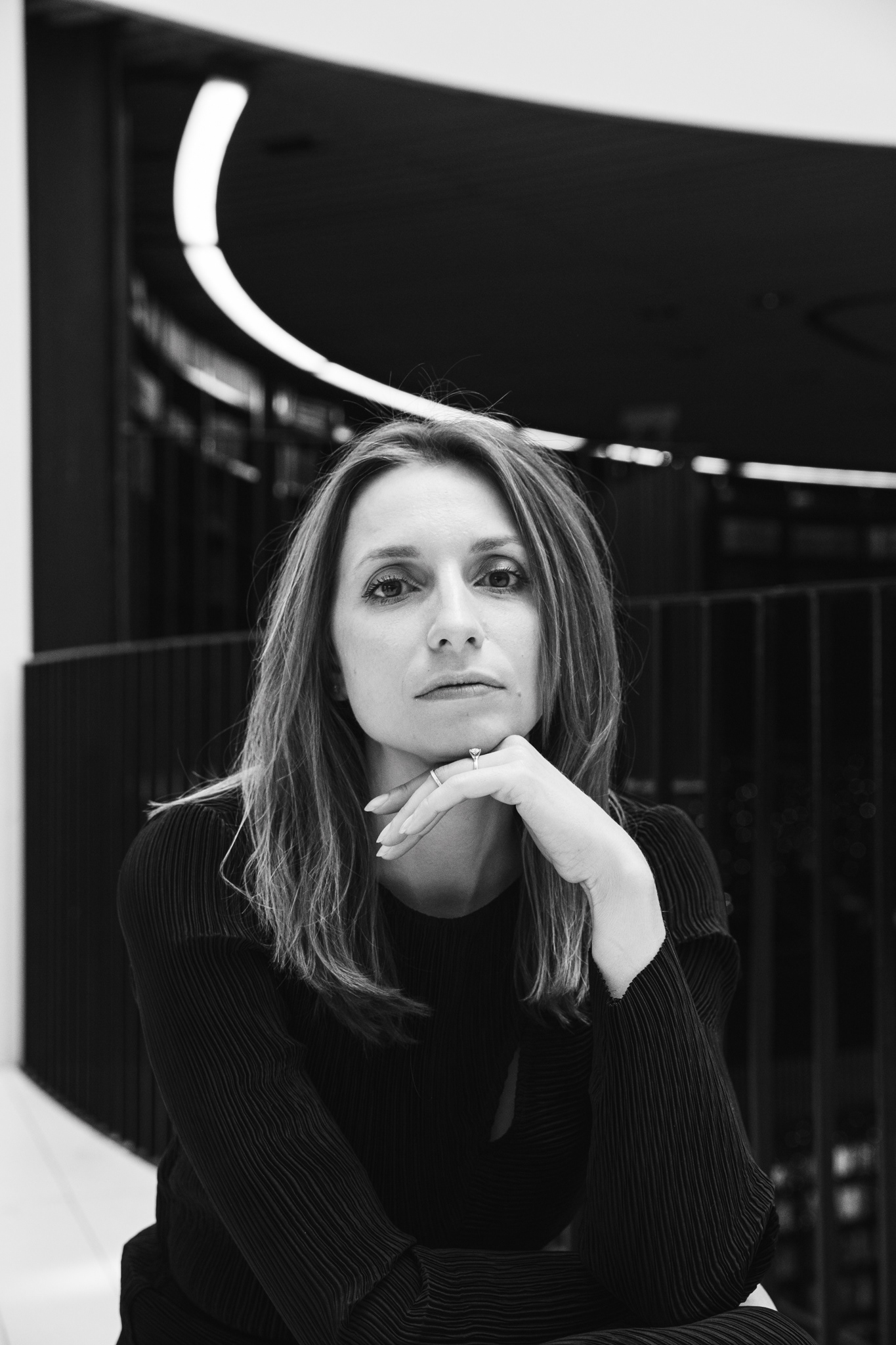
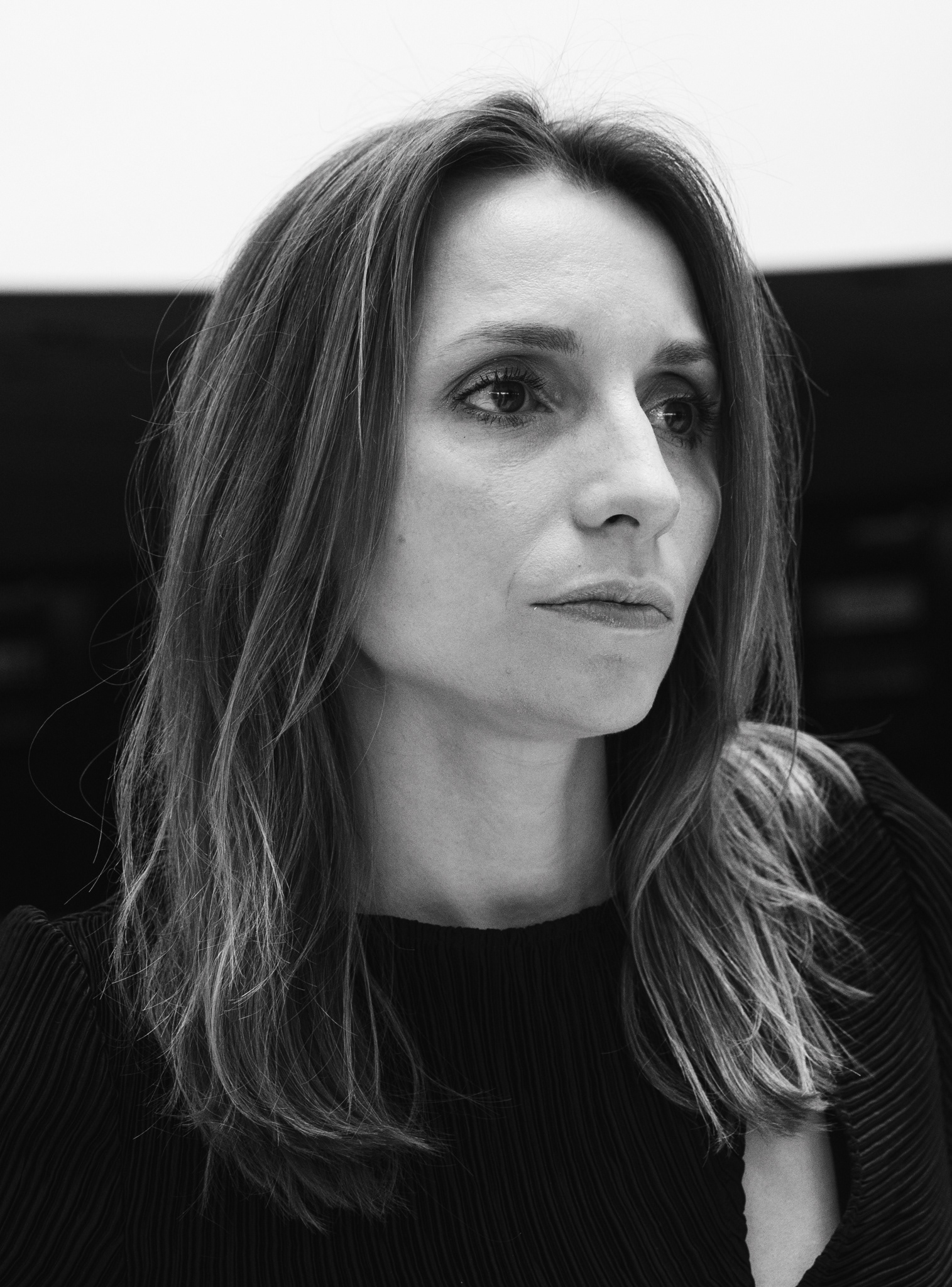
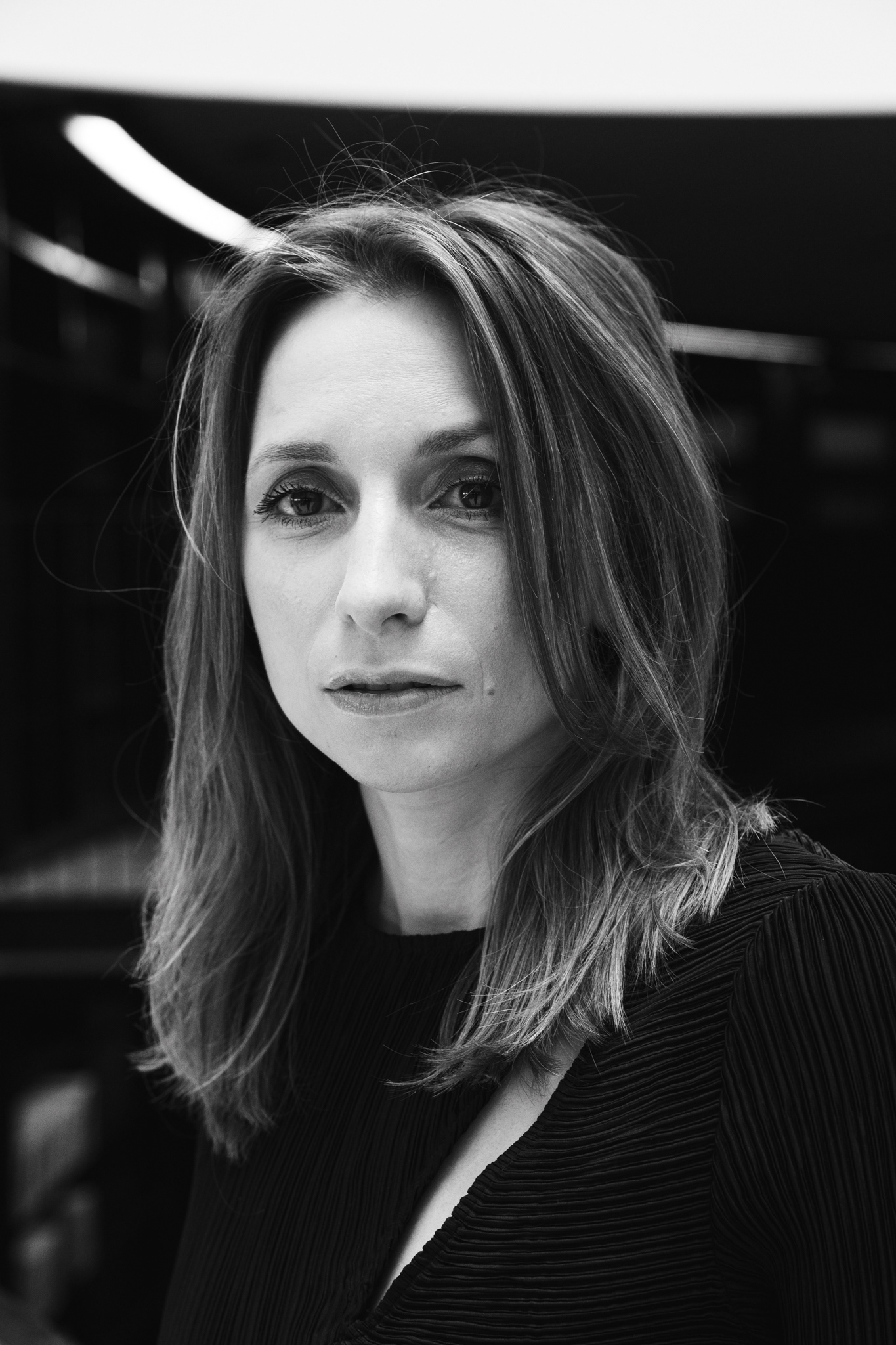
The first few minutes were filled with disbelief. Her mind refused to accept the new, horrific reality. Only messages from friends in different cities across Ukraine, writing about explosions, pieced the puzzle together into a single picture—a full-scale war had begun. Her family was scattered across the country: her maternal grandmother and grandfather were in Mariupol, her paternal grandmother in Zaporizhzhia, and her brother and his family in Kyiv. "It was a situation where everything was happening simultaneously and everywhere," she recalls.

From Panic to Action: The Birth of an Information Front
The first hours were paralyzing. The feeling of helplessness and panic was almost physical. But Iryna is not one to sit idle for long. She understood that her foreign friends and acquaintances, of whom she had many thanks to her studies in Britain, didn't understand what was really happening. Together with friends scattered around the world, they created a news channel on Twitter and Telegram and began to act.
"We set up shifts so as not to miss any important event, so we had news editors and translators working 24 hours a day. This changed my internal state. The understanding that I could be useful gave me strength and changed my state from panic on February 24th to proactivity."
They translated news from verified Ukrainian sources, shared information about foundations, and explained how people could help. This work became her salvation, a way to transform fear into constructive action. Their Telegram channel gained 10,000 subscribers in a month. Later, Iryna shifted her focus to another area—direct aid to the military, establishing connections with volunteers in Ukraine.
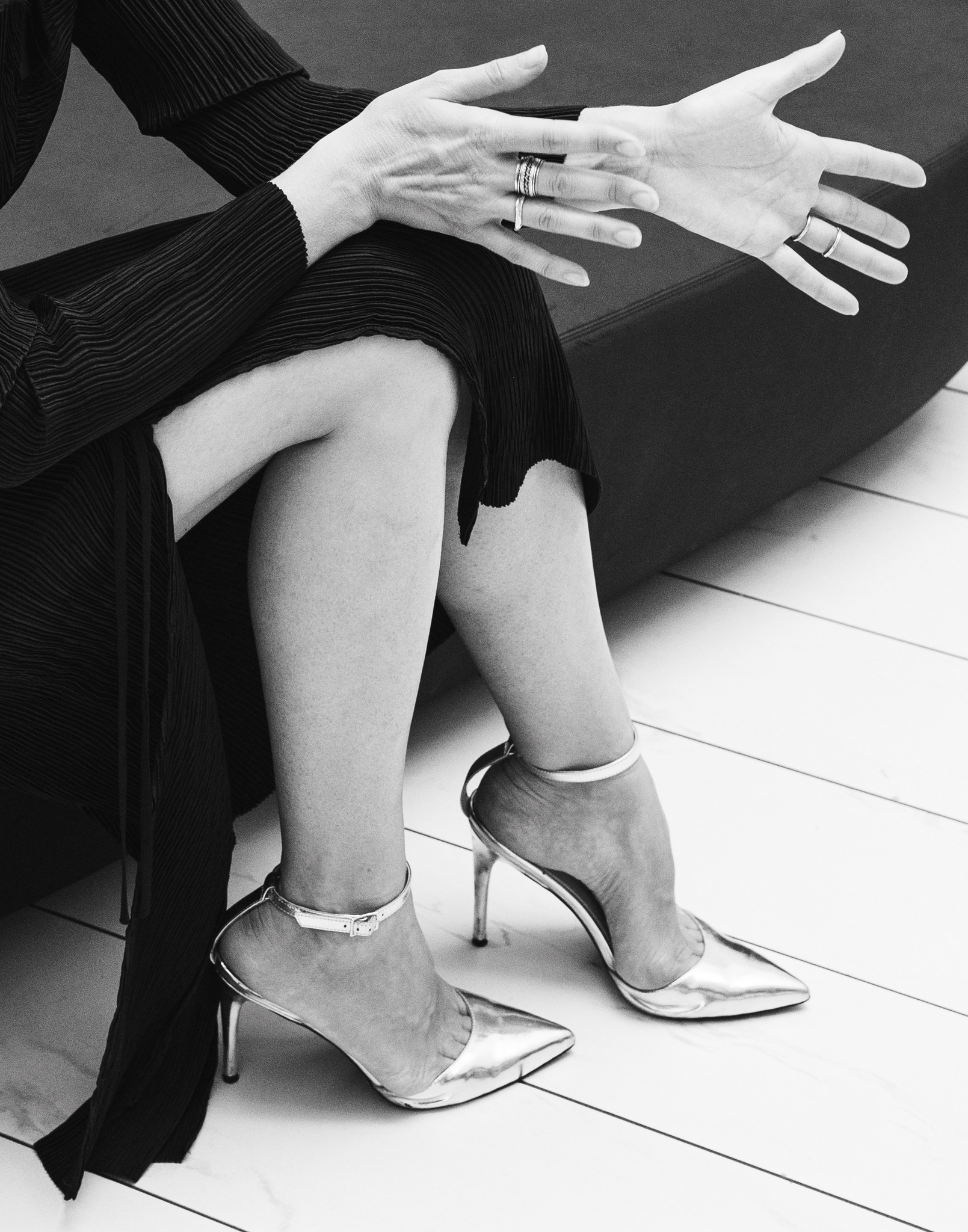

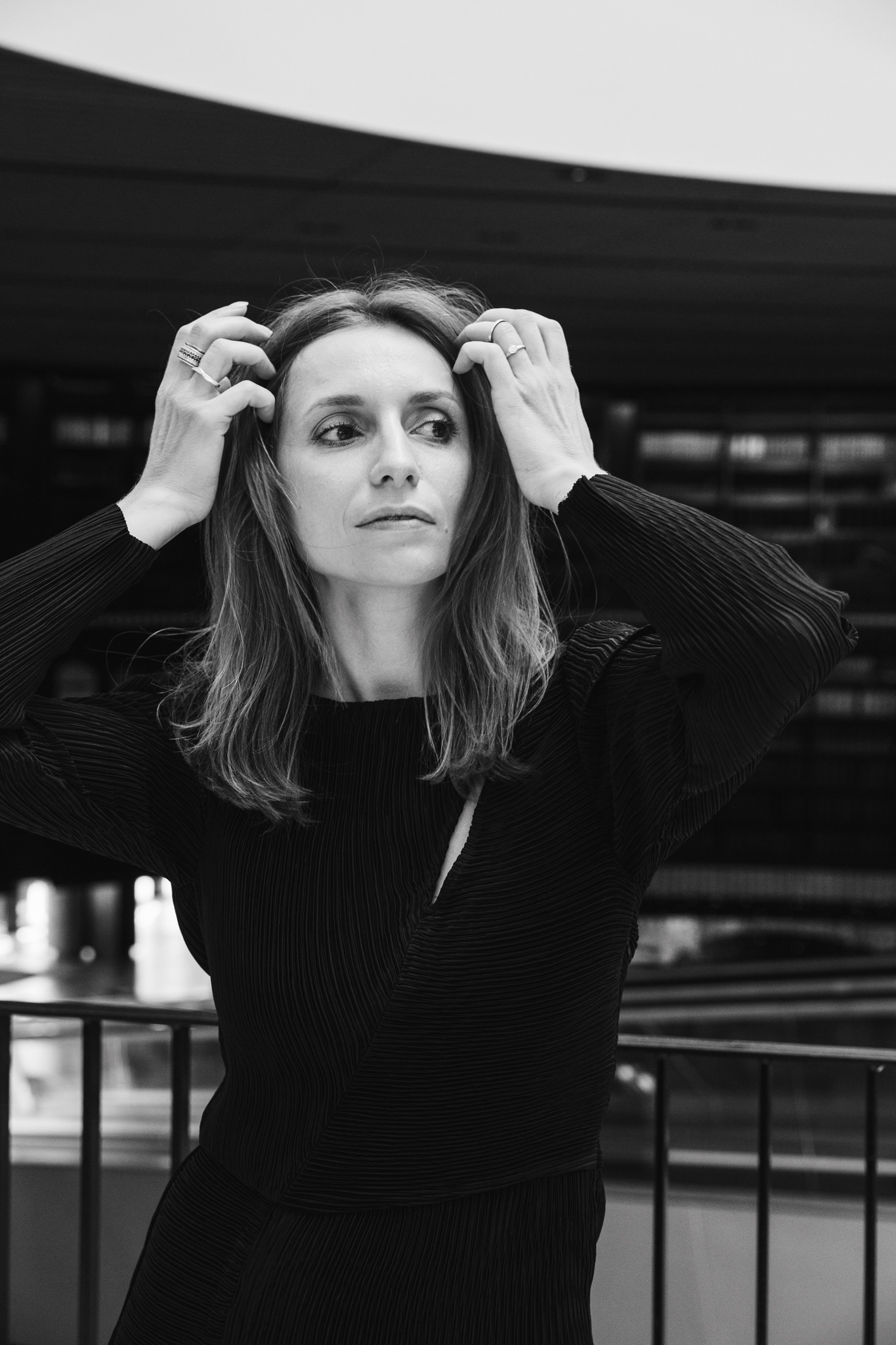
Personal Tragedy and the Birth of "For Lida"
In early March, contact with her relatives in Mariupol was lost. It was a month of hellish uncertainty and fear. Every day turned into torture as relatives tried to find any information, any hint that they were alive. And at the end of March, the terrible news came, delivered by neighbors who had managed to escape the inferno.
"She was killed by a Russian missile. It hit our home where they lived. My grandfather survived because he was in another room. She was killed."
This news brought not relief, but a new, even deeper dimension of pain. The realization that her grandmother, who had endured so much, had died so senselessly and cruelly became a point of no return for Iryna. Her volunteer work, which until then had been simply a reaction to the war, took on a deep personal meaning. "I realized that it was logical, and it would be meaningful for me to name our organization 'For Lida', because it was her dream to live in a free country," she says. Thus, the foundation was born, named in honor of her grandmother, who had dreamed of freedom all her life.
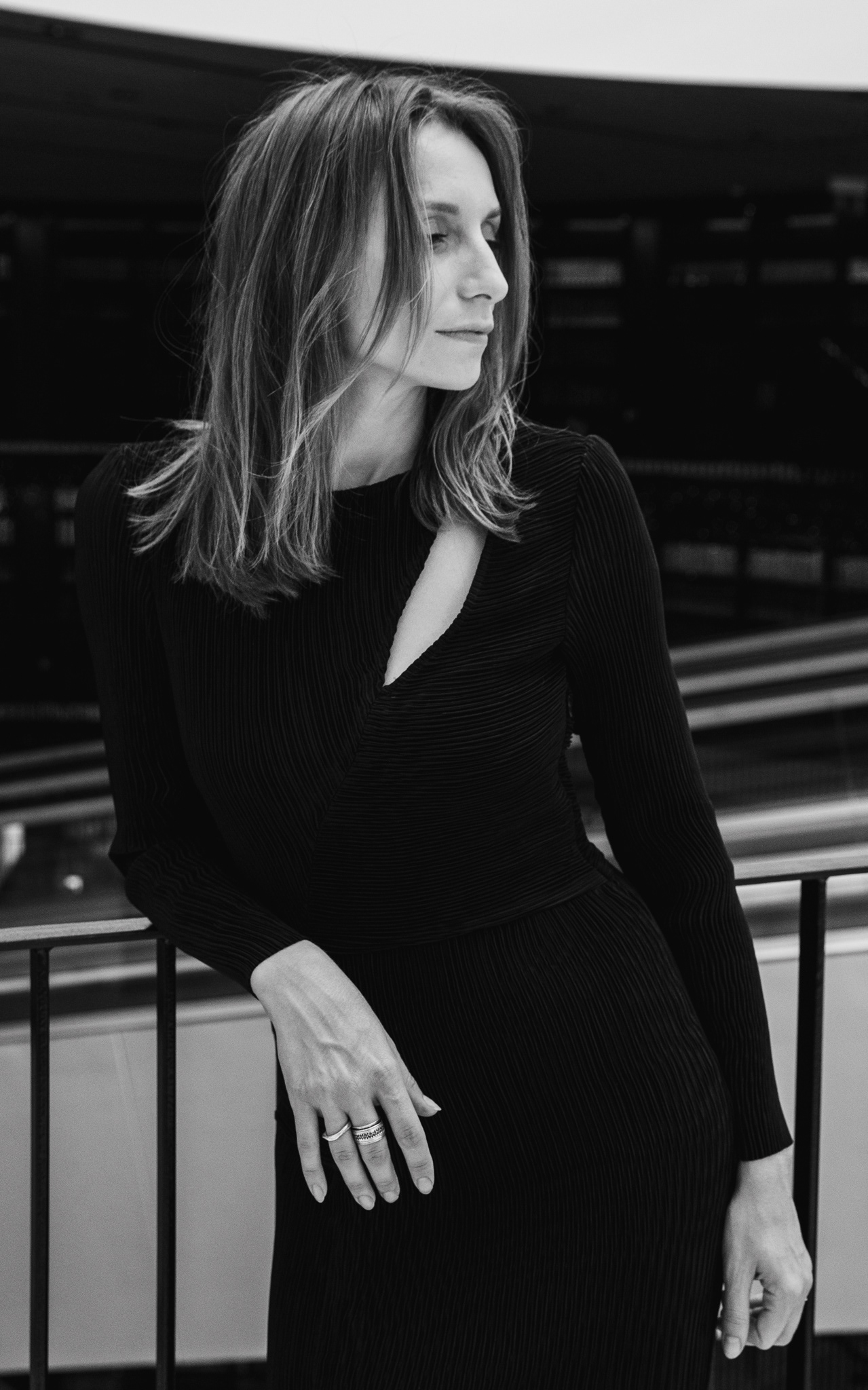
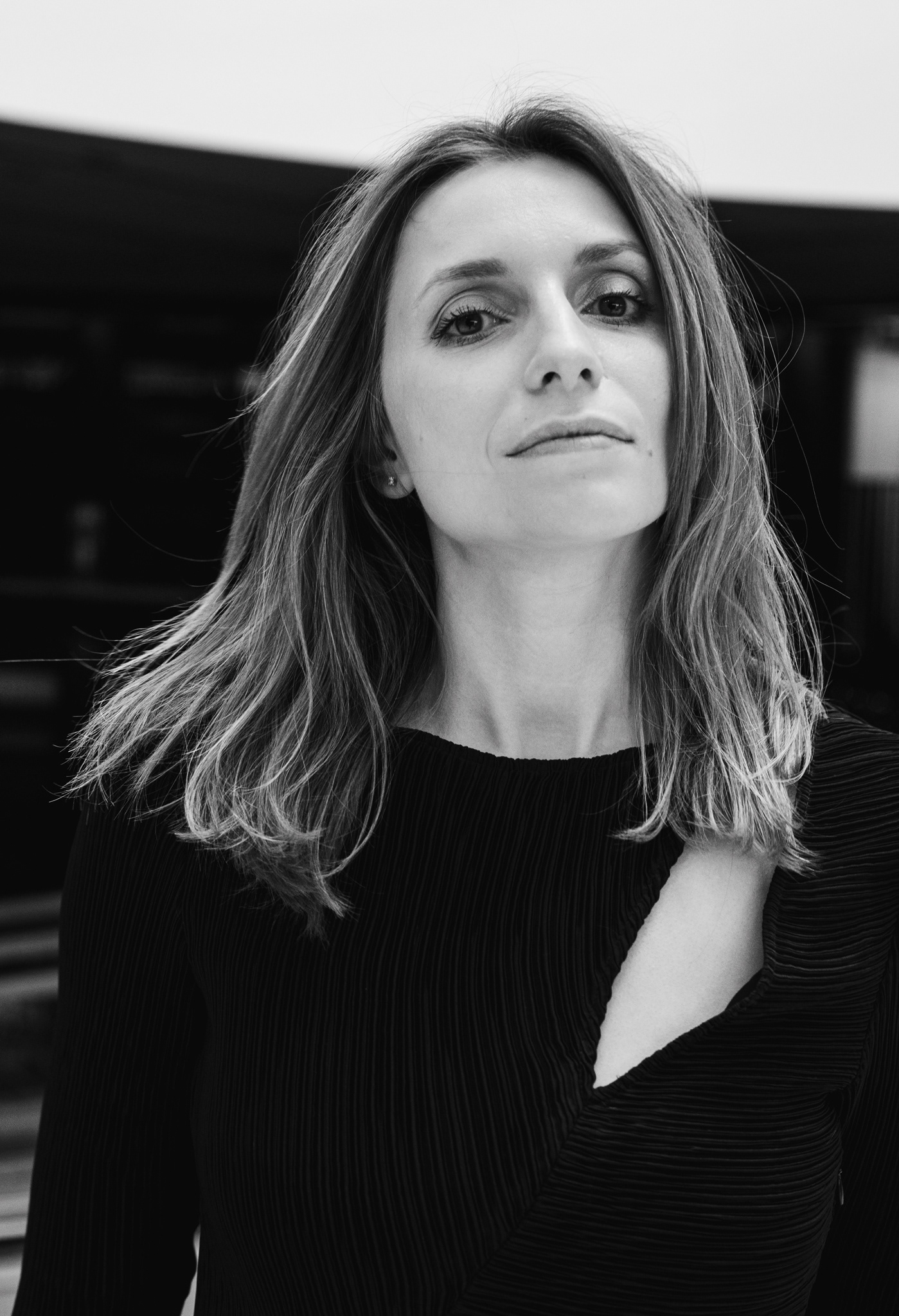

Rescuing her grandfather turned into a special operation. Old and ill, he was evacuated from Mariupol to Rostov through the contacts of the odious Russian writer Zakhar Prilepin—it was the only possible way. His aunt met him there. After several days in a filtration camp, where he was given a piece of paper that read "stateless person," and a heart attack in St. Petersburg, he was finally able to leave for Latvia.
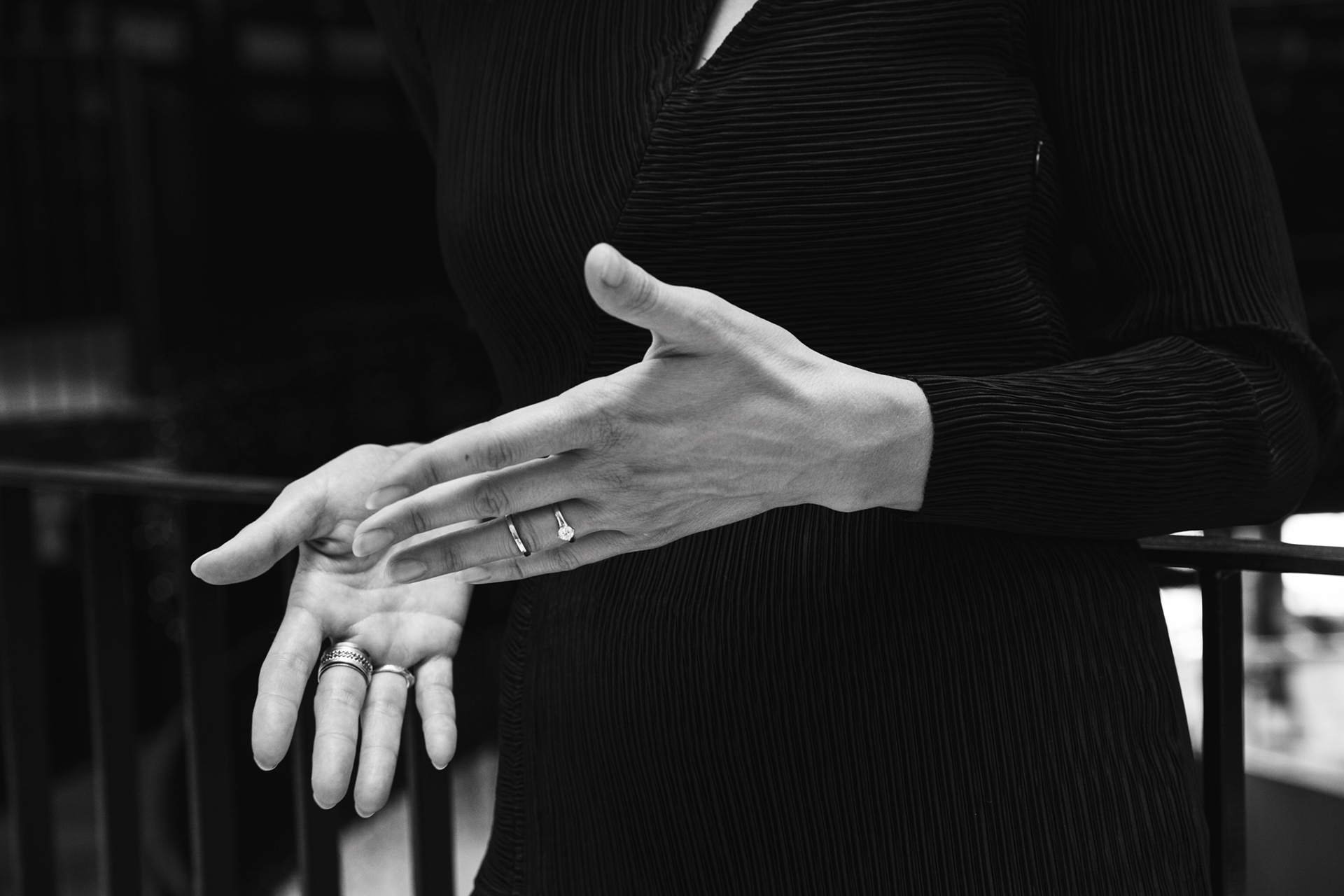
England: From Selling Plants to a Powerful Foundation
In England, where Iryna had moved earlier, her volunteer activities took on a new scale. It all started spontaneously.
"At first, we started as a 'plant sale for Ukraine'. I always have a lot of plants at home, and my first reaction was what I could sell to earn a little. I went to Homebase, a garden center, and asked if they had any plants they could give me. They gave me almost a pallet of half-dead plants."
She revived these plants, added her own, and went to her first market. The success was incredible. Iryna realized that it was important for the British not just to donate, but to buy something with a story, something connected to Ukraine. This is how the idea of selling craft goods was born.
"Maximum Ukrainian representation was important to me, to remind people that the war was still at its beginning. And I started looking for craft masters who could make some bracelets, brooches, candles."
She established contacts with Ukrainian illustrators and artisans, and her "For Lida" stall became a regular participant at dozens of markets across the country. "Last year there were 40 markets. There were events that lasted 4 days," she says. A team of 24 volunteers grew around her. Her British husband, although supportive, grew tired of such a frantic schedule. "He is British, and he loves Ukraine, but also... he loves it when we spend time together on the weekends, and of course, it tires him that I'm somewhere on a Saturday or Sunday."
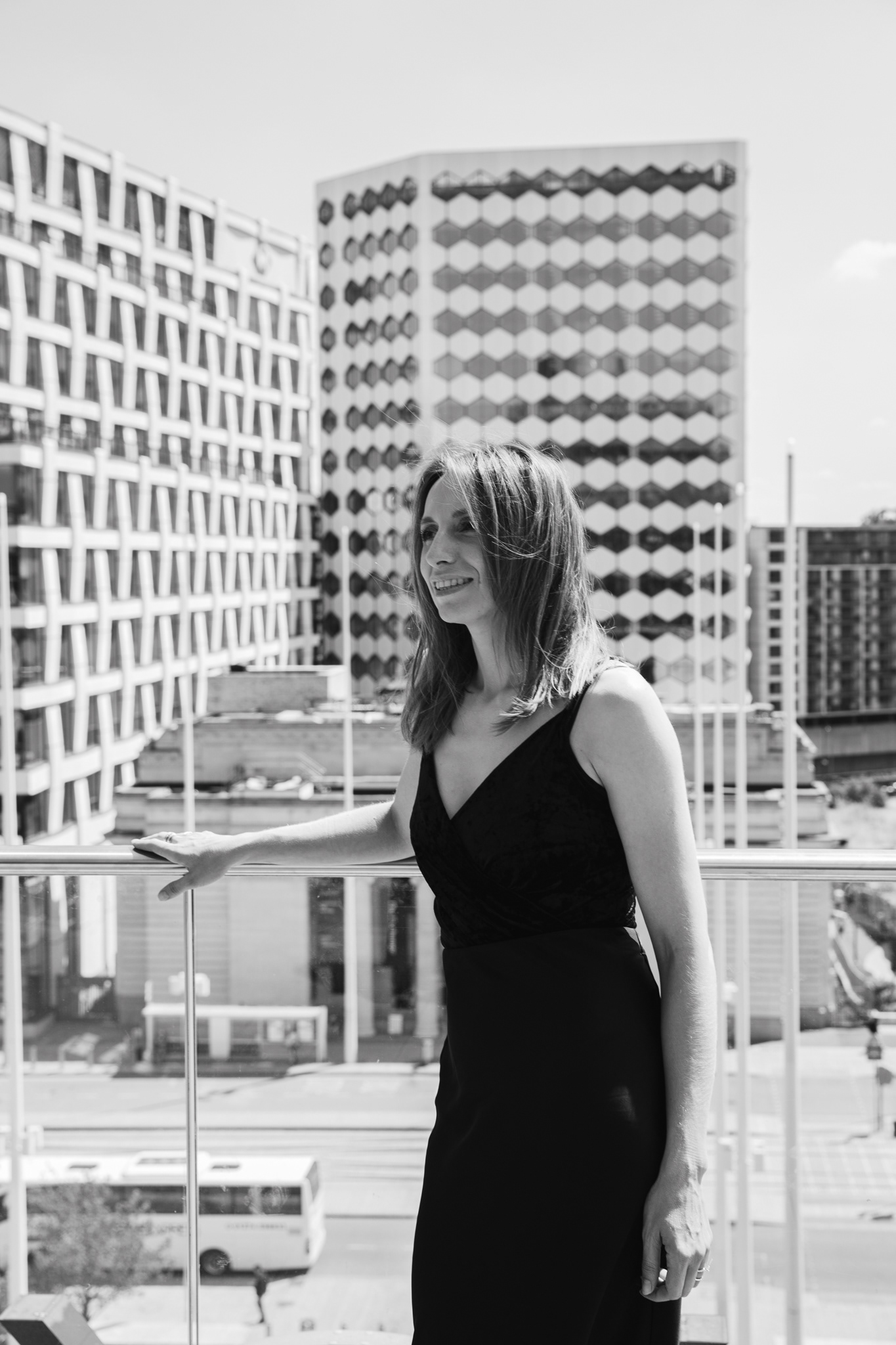


Helping Ukraine: Two Fronts of Work
The "For Lida" foundation operated on two fronts. In Britain, at numerous markets, they tirelessly raised funds, telling thousands of British people about Ukraine. And in Ukraine, these funds were transformed into real, vital assistance. Iryna and her friend Kyrylo established direct contact with volunteers and soldiers on the front line.
"We started receiving requests from them, and I communicated with them... and we started making purchases. We dealt with pickups, drones, ammunition."
Every pound earned from the sale of a postcard or bracelet in London went to meet the specific needs of those fighting for freedom. It was difficult, exhausting work that required constant communication, logistics, and reporting, but it gave a sense of real impact and involvement in the common struggle.
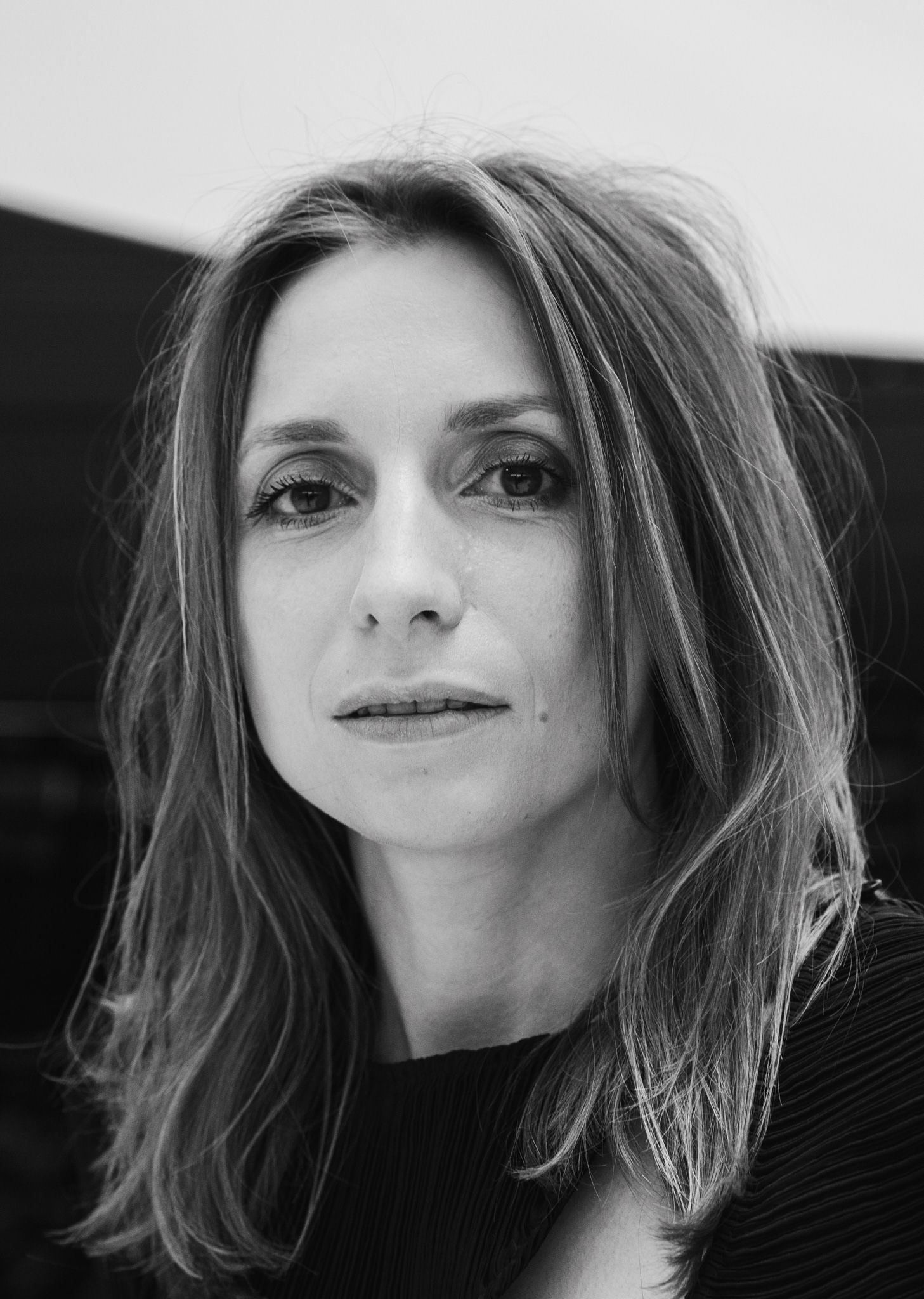
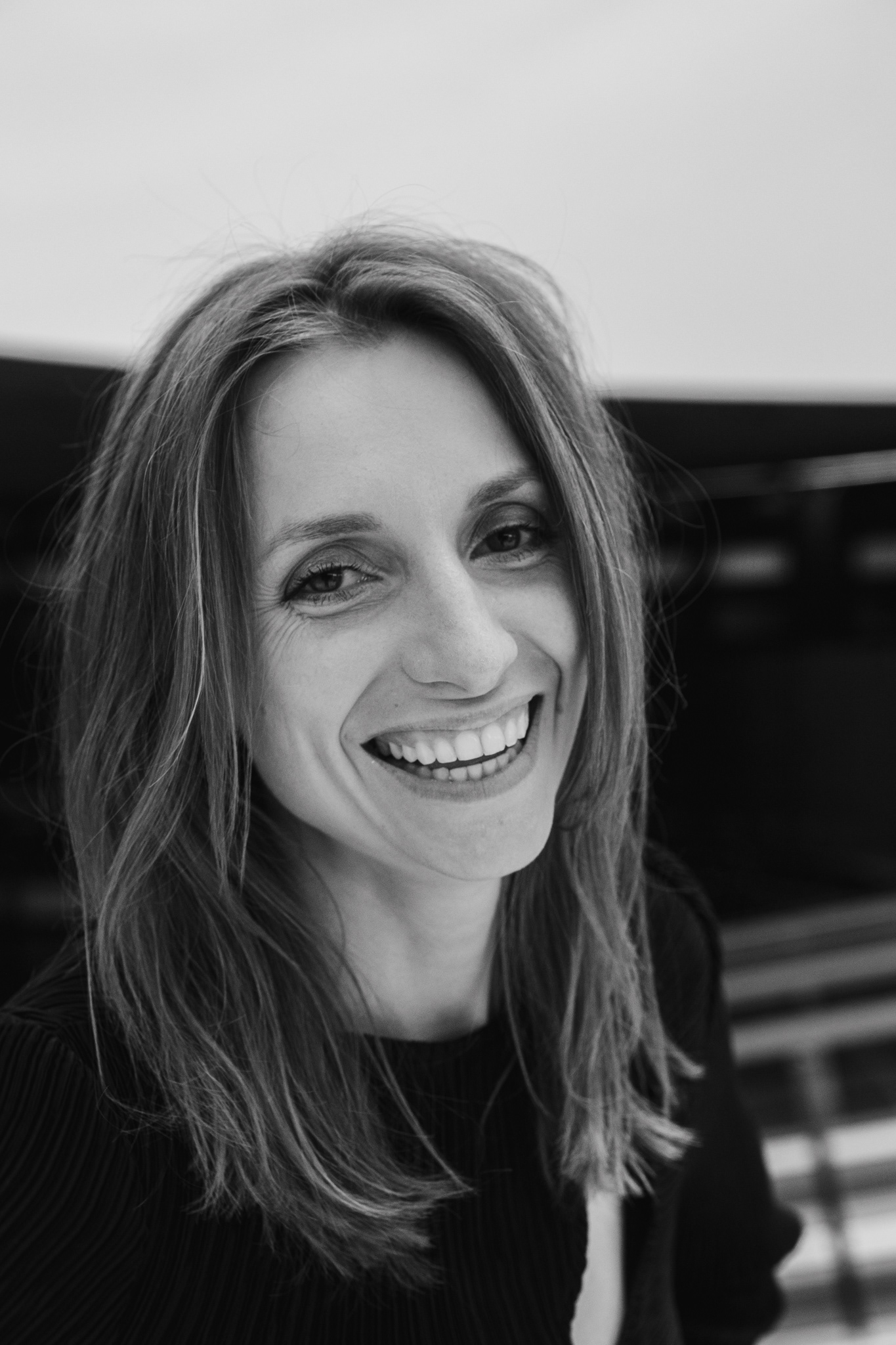
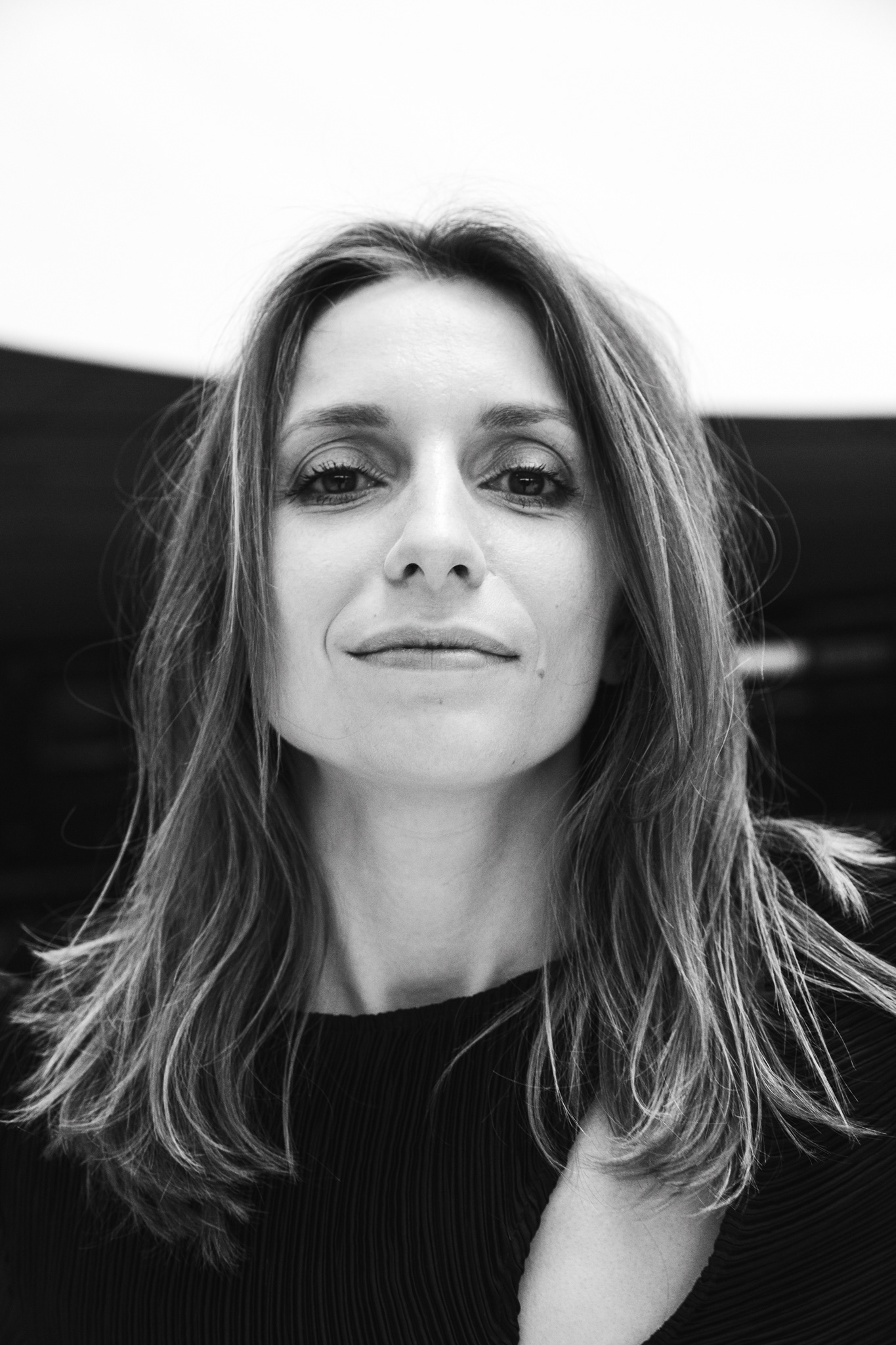
The Future of the Foundation: New Formats and Sustainable Development
After two years of working at a frantic pace, Iryna understands that it is time for a change. Constant weekend markets are incredibly exhausting for both her and the volunteers.
"This year I understand that... I need to change the formats because I can't do markets at this pace, and on the other hand, I no longer want to give up all my weekends... People have also changed. The perception is different now."
She sees the future of the foundation in more sustainable and less exhausting formats. This could be expanding online sales, creating educational content, or organizing larger, but less frequent, cultural events. "I think we need to continue to inform, we need to expand, or do something else. We need to add content." This is no longer just a reaction to a crisis, but strategic planning aimed at long-term and effective work.


Adaptation and a Double Life
Life in England is a constant balancing act between two realities. On the one hand, a calm, measured life; on the other, daily news from Ukraine that doesn't let you forget about the war.
"It seems to me that this feeling of anxiety is subsiding, because the brain cannot... constantly worry. But when something terrible and new happens, it is experienced very strongly. And all these reposts, as I say, 'today we are in mourning, tomorrow we donate,' it's very difficult."
She feels the responsibility to be the voice of Ukraine here in Britain. "When people come [to the market] and ask, 'What, you have a war?' Yes, we have a war going on. And for people, it's becoming... they forget. And that's normal... But our mission is to remind them."
She is grateful to the British for their support, but at the same time, she sees the cultural differences. She is comfortable in this society, but she does not lose her identity.
Iryna's story is a story of how personal tragedy can become a source of incredible strength. She turned her pain into action, her anger into creativity, and her love for her grandmother into a powerful movement that unites people and reminds the world about Ukraine. She is a shining example of how one woman, armed with determination and faith in her cause, can build a bridge between two worlds and become a true warrior on her own cultural and volunteer front.

